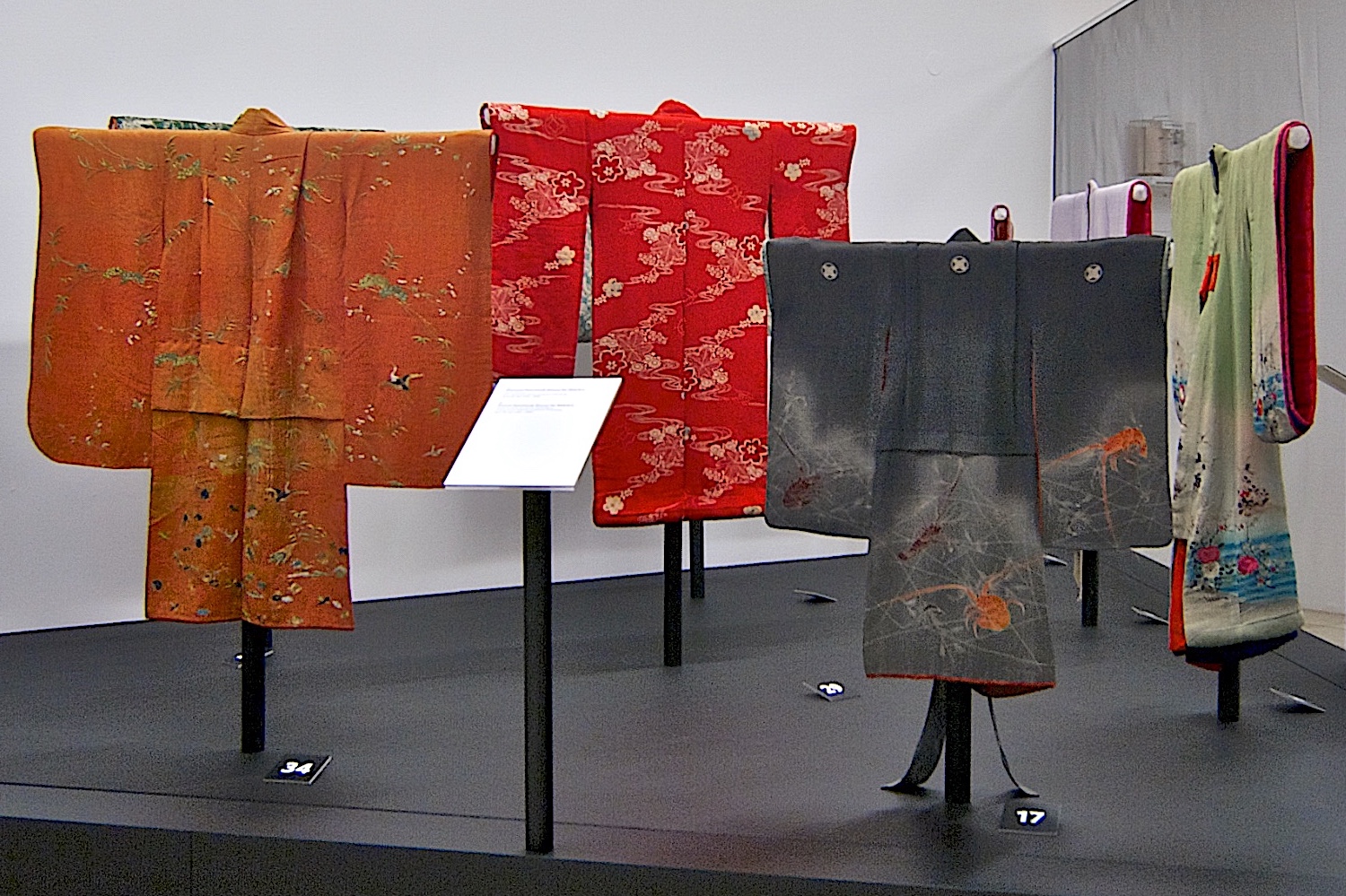A particularly busy year with five exhibitions to be designed. From the globalisation of food, treasures of Bolivia, children kimonos, an opening by a catholic cardinal at the dome where Anton Bruckner used to play the organ and finally a small archaeological site in the old Museum which was buried after the fire in 1800.
::: Globalisation of Food | The exhibition explored the global history of food, looked at the historical dimensions of world trade and asks where our food comes from and how our eating habits have changed due to increased mobility worldwide. ::: The Sun Gate – Bolivia and its Treasures | By passing through the Sun Gate, the visitor not only symbolically enters the mysterious world of the pre-Inca era, but at the same time takes a look at Bolivia in the 21st century. The exhibition interprets the traces of the Tiwanaku culture, often mixed with Christian symbolism due to Catholic missionary work, which are still prominently visible in the country’s society today. ::: Children’s kimono from the collection of Kazuko Nakano | The shown pieces were ranging from those dating back to the Edo period (1600–1868) to modern-day garments. Everyday attire, samurai kamishimo, and kimono from the time of World War II. ::: Old Dome Staircase | The exhibition in the old cathedral in Linz was dedicated to Anton Bruckner. The musician used this staircase for years to play the organ. A small presentation with a huge opening ceremony. The governor of the province, the mayor and the Cardinal and Archbishop Christoph Schönborn expressed their gratitude for the successful staging. In 2022, I met the Cardinal again on a flight to Japan.












Mobile Food











The Sun Gate – Bolivia and its Treasures, Schlossmuseum Linz











Kodomo No Kimono: Children’s kimono from the collection of Kazuko Nakano






Old Dome – staircase to Anton Bruckner’s organ



Buried Space
